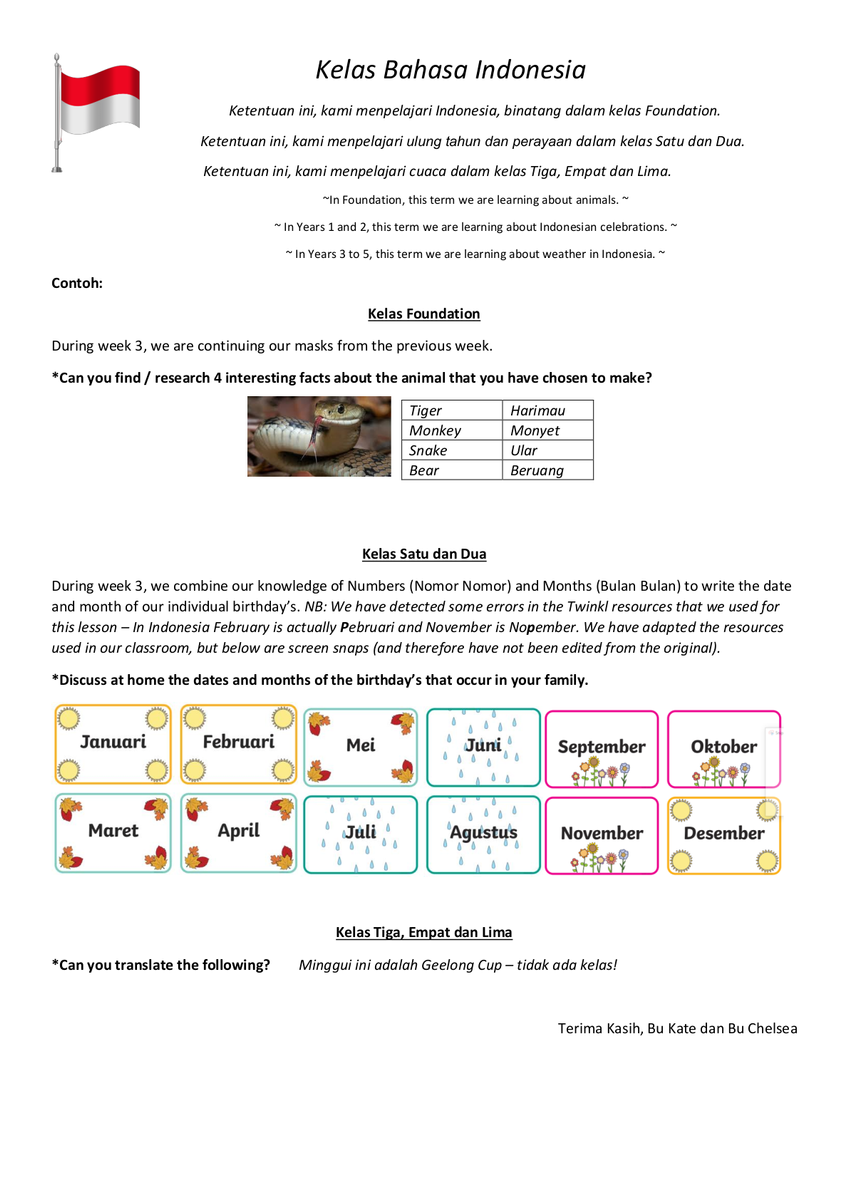Curriculum In Focus

Awareness Through Education #9 – Sensory Diets
What is a sensory diet?
A sensory diet is a set of activities that target specific sensory needs. This may help manage or reduce the impact of any sensory processing challenges that may affect attention, behaviour and learning.
A sensory profile may be completed to assist with identifying sensory preferences and tailoring a sensory diet to suit the student.
A well-balanced sensory diet is important, just like our meals. For example, we cannot survive on carrots alone, just like an individual cannot function with only one type of sensory input, therefore a sensory diet should target a number of elements.
What needs to be taken into consideration?
- The student’s interests
- The home and school environment
- Resources available e.g. Chill Ville
- Frequency and intensity of sensory activities
- The student’s capacity to manage sensory needs
- Support networks e.g. teacher, ES
Why are sensory diets important?
- Assists with emotional regulation to support participation
- Assists to maintain optimum attention and concentration
- Assists with establishing routine
- Aids in the completion of daily activities
- Prevents students from becoming dysregulated
Sensory diets generally incorporate four main areas:
Auditory Seeking – Making noises, talking loudly
Sensory diet may include music, audio books, scheduled noisy times, time outside, singing
Vestibular Seeking – Wiggly, fast, energetic
Sensory diet may include movement breaks, lunges, wobble stool, bands, active roles in routines e.g. messenger
*Too much physical activity can lead to overexcitement, so the student may require a calming task before commencing work again
Proprioceptive Seeking – Pushing others, squeezing self into places, likes crashing and falling
Sensory diet may include mini trampoline, rolling on inflated gym balls, self-massage, deep pressure, foam rollers
Oral/Tactile Seeking – Chewing on pencils and clothing, touching things excessively
Sensory diet may include walking barefoot, textured blankets, sensory toys, chewy necklace, textured crunchy foods
Thank you
James Field


